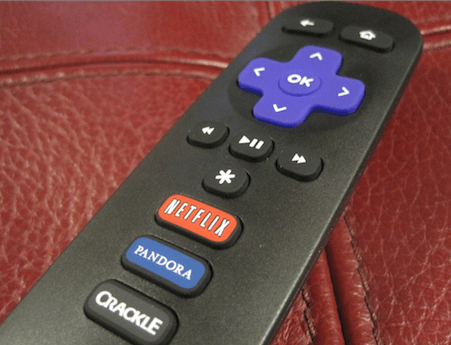The disruptive phenomenon of Netflix, Inc. (NASDAQ:NFLX) and the trend of “cord cutting” expensive cable TV packages in favour of over-the-top services now offered by the likes of Amazon.com, Inc. (NASDAQ:AMZN) and Hulu, which is jointly owned by Walt Disney Co (NYSE:DIS), Twenty-First Century Fox Inc. and Comcast Corporation is nothing new.
In fact, its been going on for more than six years since Netflix boasted 20 million U.S. subscribers, and the future is looking none too bright for the established media giants.
Yet it seems like finally we have come to the point where the incumbent television studios are starting to take definitive action to meet the threat of “internet television,” which stands to put their empires, built on affiliate fees and advertising dollars, at risk.
Both Disney and Discovery Communications Inc. (NASDAQ:DISCA), which, earlier this year, made a deal to acquire Scripps Networks Interactive, Inc., have announced plans to launch their own streaming services in 2018.
The idea behind both companies’ strategies is that they own vast libraries of content, which is ultimately the key asset, and with the move, they will soon own both the content and the distribution rights.
It sounds great in theory, but while many onlookers approve of the move, they also acknowledge that the road ahead will be bumpy.
Key to both companies’ success will be achieving scale to keep prices low, while maintaining the ability to have enough cash coming in to be able to reinvest in new content.
For example, estimates suggest that Disney will need to reach 32 million global subscribers to break even if it plans to go ahead with a service costing less than US$10 a month.
While Netflix has been achieved tremendous success in accumulating subscribers during its current run, that was amid virtually zero competition in the video-streaming market.
Now, Disney will need to contend with offerings from those already established in the market, namely Amazon and Netflix, but also the aforementioned Discovery Communications, Viacom, Inc., and you can add Alphabet Inc. (NASDAQ:GOOG)(NASDAQ:GOOGL) to that list with the company’s launch of its own YouTube TV.
But if Netflix has taught us anything, it’s that sustained success will ultimately be driven by demand for high-quality, original content.
And that, simply speaking, doesn’t come cheap.
Despite its success, Netflix finds itself today spending in excess of US$8 billion annually on new-content initiatives.
Companies like Discovery Communications, and even Canada’s DHX Media Ltd. (TSX:DHX)(NASDAQ:DHXM) point to their vast libraries of “banked” content, but lately it seems the market isn’t buying it.
Shares in Discovery Communications and DHX Media are down 43% and 42%, respectively, off their highs this year as the market seems to be discounting the validity of those claims.
Ask yourself if you’d like to park yourself in front of the couch for a couple of hours tonight watching one of these studio’s five-year-old television programs.
That doesn’t sound too appealing, does it?
Bottom line
Given the vast sums of money required to continuously regenerate a viable program lineup — not to mention the costs of acquiring live sporting rights — it seems to only make logical sense that those with the greatest access to capital would stand the best chance of surviving the current turbulence.
Both Netflix and Amazon have done an enviable job thus far tapping into capital markets to help fuel their respective growth, yet the scale may tilt to favour competitors Disney and Alphabet, as both companies consistently generate billions of dollars of free cash flow annually. If the credit window were to suddenly snap shut, neither company is likely to find itself standing outside waiting for a handout.
Stay smart. Stay hungry. Stay Foolish.








